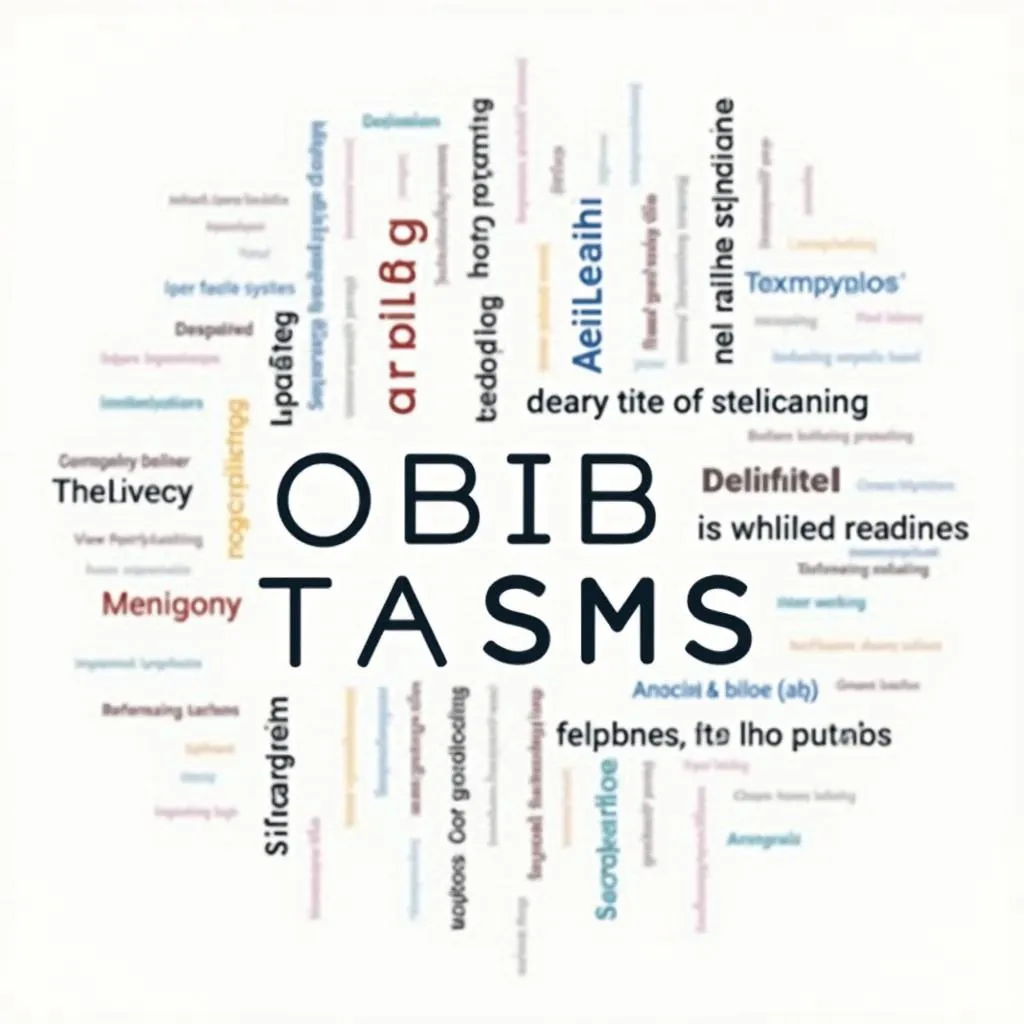The PTE listening section can be a challenging hurdle for many test-takers. While it assesses your ability to understand spoken English, it also contains several pitfalls that can trip up even the most prepared candidates. In this comprehensive guide, we’ll explore the common traps in the PTE listening section and provide you with effective strategies to overcome them, ultimately helping you achieve a higher score.
Understanding the PTE Listening Section
Before diving into the common traps, it’s essential to have a clear understanding of what the PTE listening section entails. This part of the test evaluates your ability to comprehend spoken English in various contexts, from academic lectures to everyday conversations.
The listening section consists of several question types, including:
- Summarize Spoken Text
- Multiple Choice (Single Answer)
- Multiple Choice (Multiple Answers)
- Fill in the Blanks
- Highlight Correct Summary
- Select Missing Word
- Highlight Incorrect Words
- Write from Dictation
Each of these question types presents unique challenges and potential traps. Let’s explore them in detail.
Common Traps in PTE Listening and How to Avoid Them
1. Misinterpreting the Speaker’s Accent
One of the most common traps in the PTE listening section is misunderstanding the speaker due to unfamiliar accents.
How to avoid it:
- Practice listening to a variety of English accents (British, American, Australian, etc.)
- Focus on the overall message rather than getting hung up on individual words
- Use context clues to decipher words you may not clearly hear
 Diverse accents in PTE listening
Diverse accents in PTE listening
2. Getting Distracted by Background Noise
Some audio clips in the PTE listening section may include background noise to simulate real-life scenarios, which can be distracting.
How to avoid it:
- Practice active listening techniques to maintain focus
- Learn to filter out irrelevant sounds and concentrate on the speaker’s voice
- Use noise-cancelling headphones during practice sessions to improve concentration
3. Falling for Distractors in Multiple Choice Questions
Multiple choice questions often include clever distractors designed to mislead test-takers.
How to avoid it:
- Listen carefully for key details and main ideas
- Don’t rush to select an answer before hearing the entire audio clip
- Learn how to tackle multiple choice questions in PTE by analyzing each option critically
4. Missing Important Information Due to Note-Taking
While note-taking is essential, it can sometimes cause you to miss crucial information if not done efficiently.
How to avoid it:
- Develop a shorthand system for quick and effective note-taking
- Practice balancing listening and note-taking simultaneously
- Focus on recording key points rather than trying to write everything down
 Effective note-taking for PTE listening
Effective note-taking for PTE listening
5. Failing to Manage Time Effectively
Time management is crucial in the PTE listening section, as each task has a specific time limit.
How to avoid it:
- Familiarize yourself with the time allocated for each question type
- Practice with timed mock tests to improve your pacing
- Develop strategies for quickly moving on if you’re unsure about an answer
6. Overthinking and Second-Guessing
Many test-takers fall into the trap of overthinking their responses, especially in questions like “Select Missing Word” or “Highlight Incorrect Words.”
How to avoid it:
- Trust your initial instincts, especially if you’re well-prepared
- Avoid dwelling on past questions during the test
- Practice mindfulness techniques to stay present and focused
Dr. Emma Thompson, a renowned PTE expert, advises: “The key to success in the PTE listening section is to stay calm and trust your abilities. Your first instinct is often the correct one, so avoid the trap of second-guessing yourself.”
7. Misunderstanding Academic Vocabulary
The PTE listening section often includes academic content that may contain specialized vocabulary.
How to avoid it:
- Build your academic vocabulary through targeted study
- Practice listening to academic lectures and discussions
- Use context clues to deduce the meaning of unfamiliar terms
 Academic vocabulary in PTE listening
Academic vocabulary in PTE listening
8. Losing Focus During Longer Audio Clips
Maintaining concentration during extended audio passages can be challenging, leading to missed information.
How to avoid it:
- Improve your listening stamina by practicing with longer audio clips
- Use mental imagery to visualize the content being discussed
- Break down the audio into smaller, manageable segments in your mind
Professor David Chen, a cognitive linguistics expert, states: “Visualization is a powerful tool in maintaining focus during long listening tasks. Creating mental images of the content helps anchor the information and keeps your mind engaged.”
Practical Tips for PTE Listening Success
To further enhance your performance in the PTE listening section, consider these additional tips:
- Regularly expose yourself to various English accents through podcasts, news broadcasts, and academic lectures.
- Practice active listening in your daily life, focusing on understanding the main ideas and key details in conversations.
- Develop your note-taking skills using different methods to find what works best for you.
- Familiarize yourself with common academic and idiomatic expressions used in English.
- Work on improving your overall English vocabulary, particularly in academic and professional contexts.
- Take care of your hearing health and ensure you’re using high-quality headphones during the test.
- Stay calm and composed during the exam, using breathing techniques if you feel anxious.
Conclusion
Mastering the PTE listening section requires awareness of common traps and consistent practice to avoid them. By understanding these pitfalls and implementing the strategies discussed, you can significantly improve your performance and boost your score. Remember, success in PTE listening comes not just from language skills but also from test-taking strategies and mental preparation. Keep practicing, stay focused, and approach the PTE listening section with confidence.
Frequently Asked Questions
What is the most challenging part of the PTE listening section?
The most challenging aspect varies for each individual, but many find the “Summarize Spoken Text” task particularly difficult due to its requirement for both listening comprehension and written expression.
How can I improve my concentration during long audio clips?
Practice active listening with progressively longer audio clips, use visualization techniques, and break down the content into mental segments to maintain focus.
Are there any specific techniques for the “Write from Dictation” task?
Focus on capturing the entire sentence, paying special attention to grammatical structures and common phrases. Practice with dictation exercises regularly to improve your speed and accuracy.
How important is accent familiarity in the PTE listening section?
Accent familiarity is crucial. The test includes various English accents, so regular exposure to different accents through diverse media can significantly improve your performance.
Can I use headphones during the actual PTE test?
Yes, headphones are provided at the test center. However, it’s advisable to practice with similar headphones to get accustomed to the test-day experience.